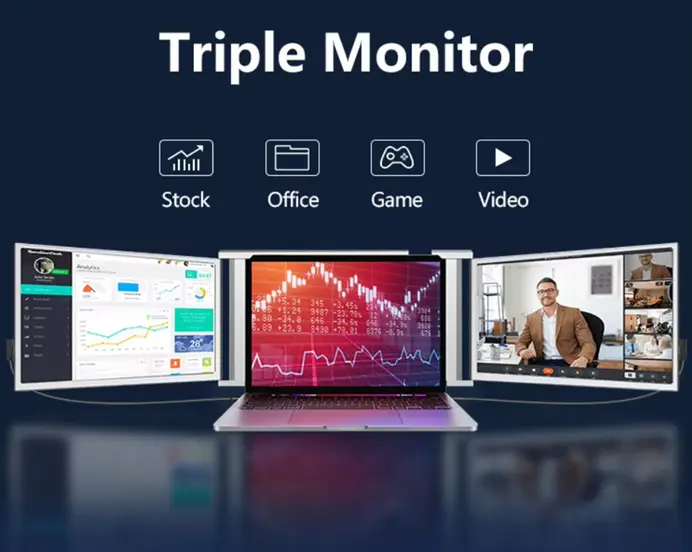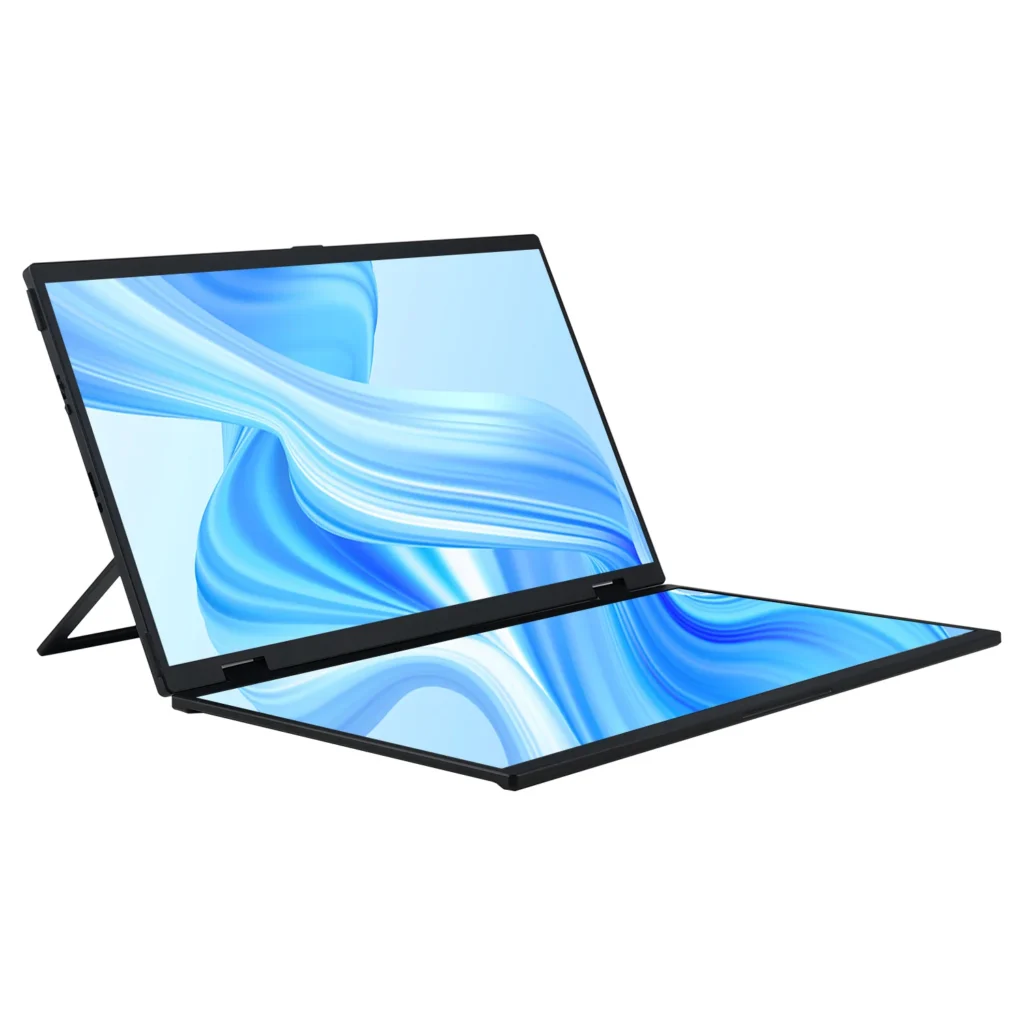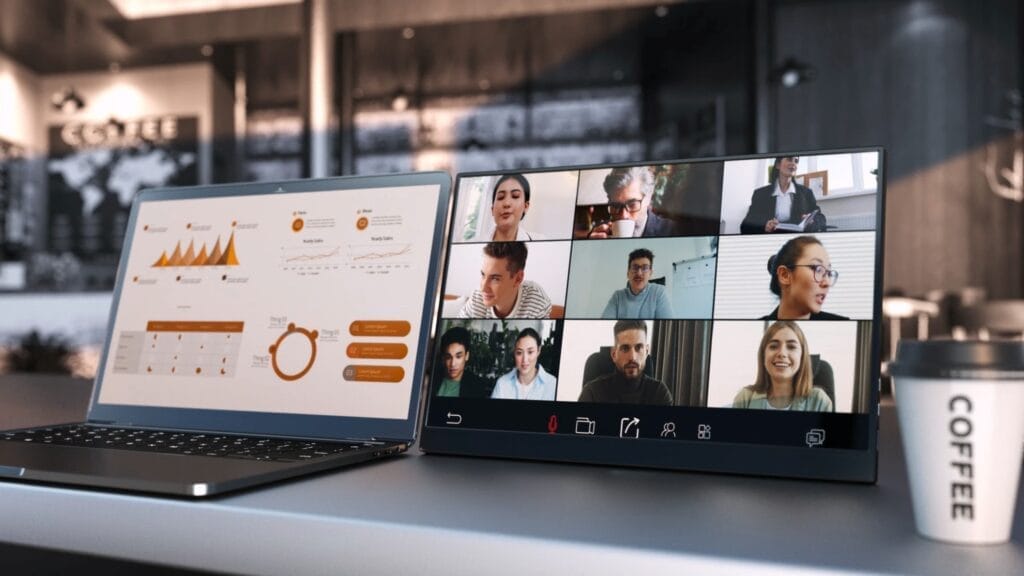In today’s fast-paced digital world, multitasking and efficiency are key components of success. Whether you are working remotely, gaming, or managing multiple tasks at once, having a screen extended setup can significantly enhance your productivity, focus, and overall flexibility. We’ll explore how extending your screen can unlock new possibilities for both work and entertainment, as well as offer practical tips on how to set up your extended screen efficiently.
The Advantages of a Screen Extended Setup
An extended screen setup involves using an additional monitor alongside your primary device, such as a laptop or desktop. This approach offers a multitude of benefits for different users:
1. Improved Productivity and Workflow
One of the biggest advantages of an extended screen is increased productivity. By expanding your workspace, you can work with multiple applications simultaneously without constantly switching between windows. For example, on one screen, you could have your email inbox open while editing documents or browsing the web on the other.
This can save valuable time, particularly for professionals like designers, developers, financial analysts, or content creators, who often juggle various tasks at once. Additionally, screen extended setups allow you to spread out your tools, research, and communication channels in a more organized and accessible way.
2. Enhanced Focus
Having an extended screen allows you to manage distractions better. With one screen dedicated to your primary tasks and another for secondary tasks like messaging or quick research, you minimize the clutter of pop-ups and notifications that may interfere with your focus. For instance, during a Zoom call or presentation, you can keep your main monitor free of distractions while maintaining important notes and documents on the secondary screen.
3. Flexibility and Customization
An extended screen setup provides a high level of customization, as you can easily adjust the screen arrangement to match your workflow. Whether you’re working with two screens side-by-side for a widescreen effect or stacking them vertically for a taller workspace, this setup offers you the flexibility to create the optimal environment for your tasks. Furthermore, adjusting the screens’ brightness, resolution, and orientation ensures that your setup meets your personal preferences and specific needs.
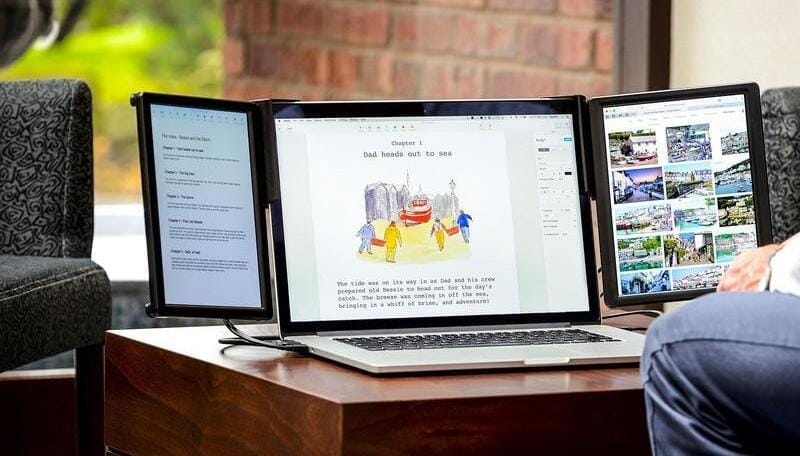
Ideal Use Cases for a Screen Extended Setup
Now that we’ve discussed the benefits of an extended screen setup, let’s look at some practical use cases:
1. Remote Work and Office Productivity
With the rise of remote work, having multiple monitors is now a necessity for many professionals. A screen extended setup can allow you to manage work meetings, emails, and tasks on one screen while working on project-related tasks or reviewing documents on the other. This setup can streamline your workflow and make remote collaboration more efficient.
2. Design and Creative Work
For graphic designers, video editors, and digital artists, an additional monitor can make a significant difference. Creative professionals often need more screen real estate to view their work in greater detail or manage design tools. Having a second screen allows you to edit photos or videos on one monitor while keeping reference images, media libraries, or communication tools open on the other.
3. Gaming and Entertainment
Gamers, in particular, will find great value in an extended screen setup. Using a second screen can enhance gameplay by allowing access to streaming software, chat windows, or guides without interrupting the game itself. Similarly, movie buffs can use their extended screen for watching videos while keeping communication or multitasking options available on the secondary display.
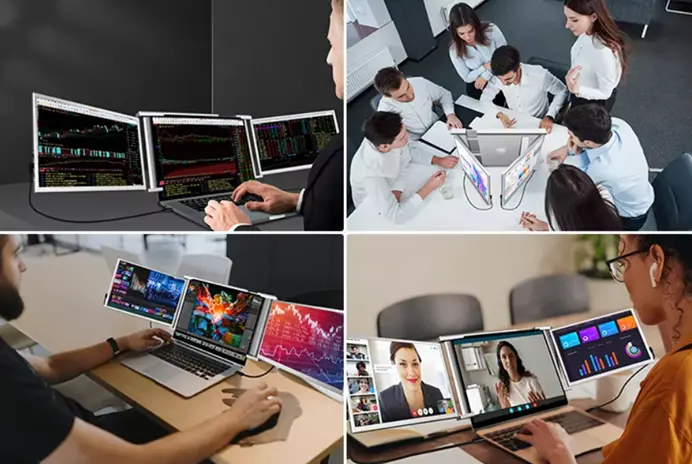
Setting Up Your Screen Extended Configuration
Setting up an extended screen configuration is easier than you might think. Here’s a step-by-step guide to get started:
1. Choose the Right Monitor
When extending your screen, it’s important to choose a monitor that complements your current setup. Consider factors such as size, resolution, and connectivity options. For example, if you want seamless compatibility, opting for a monitor with a USB-C connection can simplify your setup and ensure better performance.
2. Connect the Second Monitor
Depending on your laptop or desktop’s capabilities, you can use various ports, such as HDMI, DisplayPort, or USB-C, to connect the second monitor. If your device supports USB-C or wireless display options, you can minimize the cable clutter and enjoy a neater setup.
3. Configure Display Settings
After connecting the second monitor, go to your display settings (on both Windows and macOS, this can be found under system preferences) and adjust how the second monitor is positioned. You can choose whether to extend the screen horizontally, mirror your primary screen, or stack it vertically. Adjust the resolution and orientation to fit your needs for maximum productivity.
4. Optimize Your Workflow
Once your extended screen setup is running, optimize your workspace by arranging windows and tools efficiently. Keep communication apps or less important tasks on the secondary screen while dedicating your primary monitor to the core tasks. This setup can improve focus, reduce distractions, and help manage your workflow better.
Conclusion
Incorporating a screen extended setup into your daily routine is an effective way to improve productivity, enhance focus, and create a more flexible and customizable workspace. Whether you’re a remote worker, a designer, or a gamer, the additional screen space can streamline your tasks and make multitasking a breeze. The key is to choose the right equipment and configuration that best suits your personal needs.
Hot Products
-
 15.6″ Portable Dual Monitor Extender Foldable Dual Screen 1080P FHD IPS Portable Monitor for Laptop
15.6″ Portable Dual Monitor Extender Foldable Dual Screen 1080P FHD IPS Portable Monitor for Laptop -
 16 inch Portable Triple Monitor for 15-17.3 Inch Laptop FHD 1200P Frameless Al Alloy Triple Screen Laptop Monitor Extender with USB/HDMI Tri-Screen Laptop Extender for Mac & Win
16 inch Portable Triple Monitor for 15-17.3 Inch Laptop FHD 1200P Frameless Al Alloy Triple Screen Laptop Monitor Extender with USB/HDMI Tri-Screen Laptop Extender for Mac & Win -
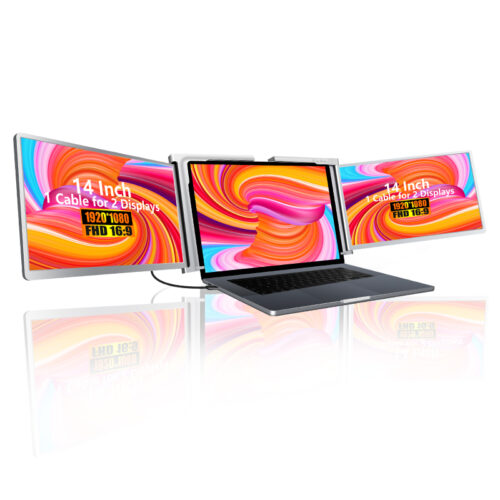 14″External Laptop Monitors Full HD IPS Triple Screen Extendable Monitors For Laptops
14″External Laptop Monitors Full HD IPS Triple Screen Extendable Monitors For Laptops

